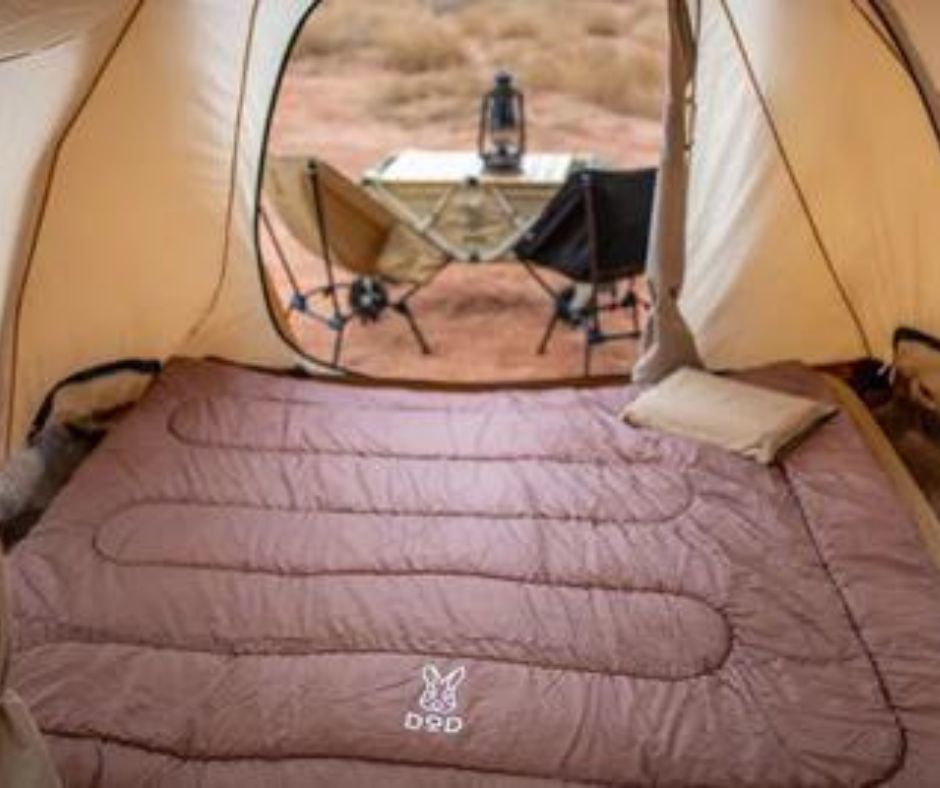If you are considering getting a new sleeping bag, then you may be wondering what makes one better than the other. Wide Sleeping Bag is made for large and tall people. It measures 190cm (75″) wide, and the length (from feet to head) is usually 180 cm-200 cm long. People with larger frames typically need more room to move freely without being constricted by the sleeping bag fabric.
Regarding features of the Wide Sleeping Bag, you should know about its versatility because it’s not limited to just your sleeping alone but can also be used for other purposes, such as a tarp or blanket.
Here is What You Need To Watch Out While Choosing a Wide Sleeping Bag
1. Size and Dimensions:
Look for a Wide Sleeping Bag that provides ample space for each family member to sleep comfortably. Consider the length, width, and height of the bag. Check the dimensions provided by the manufacturer to ensure they will accommodate everyone’s size.
2. Temperature Rating:
Consider the temperature rating of the sleeping bag. This rating indicates the lowest temperature at which the bag can keep the occupant warm. Choose a bag with a temperature rating suitable for the expected camping conditions. Select a bag with a lower temperature rating if you plan to camp in colder temperatures.
3. Insulation Type:
Wide Sleeping Bag can be insulated with down or synthetic materials. Down insulation offers an excellent warmth-to-weight ratio and compressibility, making it suitable for cold-weather camping. Synthetic insulation is more affordable, retains warmth even when wet, and maybe a better option for wet environments.
4. Weight and Packability:
If you plan to carry sleeping bags on backpacking trips, consider their weight and packability. Lightweight and compressible bags are easier to carry and take up less space in your backpack.
5. Shape:
Sleeping bags come in various shapes, including rectangular, mummy, and semi-rectangular. Rectangular bags provide more room for movement but may not be as efficient in retaining heat as mummy-shaped, narrower and tapered bags. Consider the trade-off between space and warmth when selecting the shape.
6. Features:
Look for additional features that enhance comfort and convenience. Wide Sleeping Bags may include adjustable hoods, draft collars, zippers, pockets, or compatibility with sleeping bag liners. These features can make a difference in the overall camping experience.
7. Durability:
Check the quality and durability of the materials used in the sleeping bag. Reinforced stitching, durable zippers, and high-quality fabrics contribute to a longer lifespan.
8. Price:
Determine your budget and look for sleeping bags that offer good value for money. Consider the long-term investment, as higher-quality sleeping bags tend to last longer.
Conclusion:
The Wide Sleeping Bag should be long enough to cover your feet and at least part of your legs. It must also be wide enough to use as a campground tarp or blanket. Look for sleeping bags that provide ample space for each family member to sleep comfortably. In addition, consider the temperature rating of the sleeping bag so that you will have an awesome camping experience.

